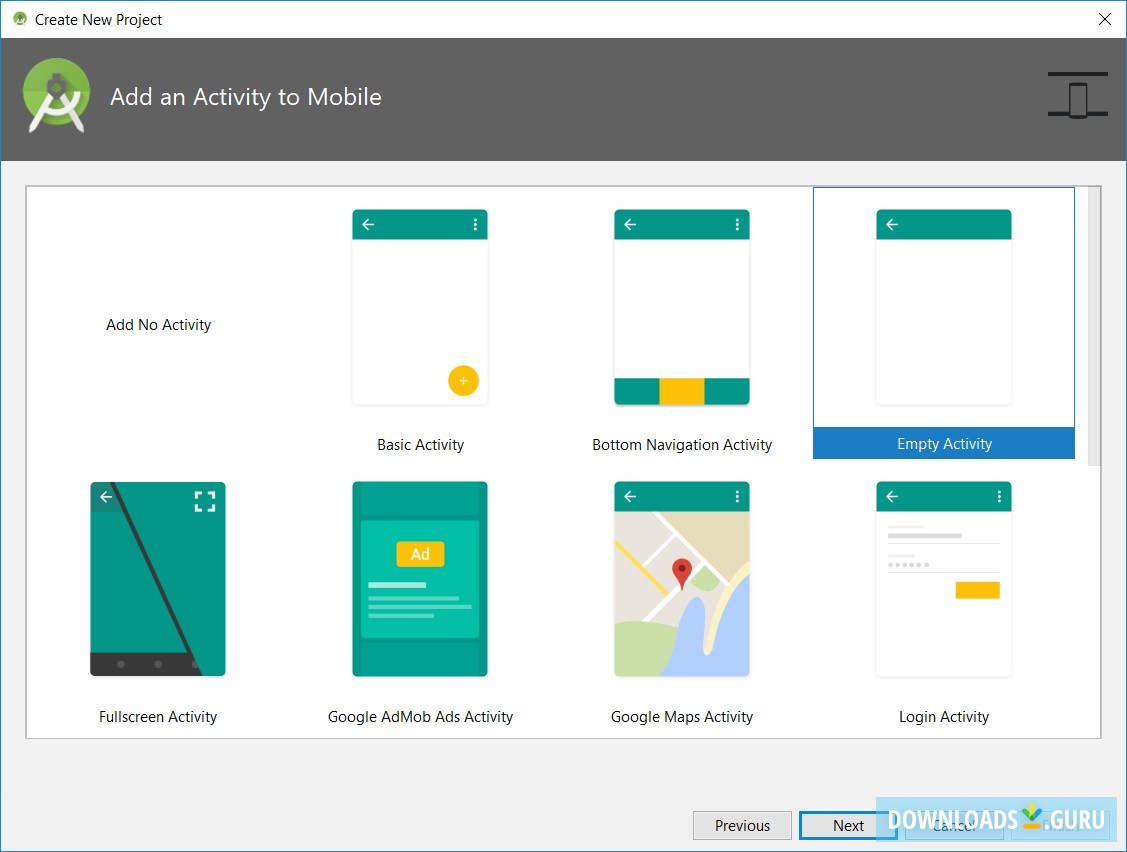

yml file specifying all the steps for the CI/CD. I have been using it for an Android project, and hence my experience (and this post) is limited to this platform. This post aims to provide a few answers based on my personal experience using GitHub Actions. The documentation provides an example of a basic set-up for Android developers, but you might be wondering “where can I get some inspiration on things I can do with GitHub Actions?”. Now, GitHub Actions provides thoughtful guides and documentation, although jumping initially onto it might be overwhelming for folks without previous experience with it. Your code is on GitHub, your CI/CD runs on GitHub, and you can have also your distribution on GitHub if you wish. For repositories that are already hosted in GitHub, GitHub Actions allows us to automate the process in one single platform, without having to rely upon any external tools. One of the shiniest aspects of GitHub Actions is its integration with GitHub. Like many other CI/CD systems, GitHub actions ultimately let us define a workflow for our apps to automatically build, test and deploy them. GitHub Actions was released around November 2019, and since then it has proved itself to be reliable for a production environment (one of our requirements before committing to any software system). If you thought Android fragmentation was a thing, the wide availability of CI systems will be familiar to you. If you are developing Android apps, chances are you have confronted any sort of CI at some point in your career.


 0 kommentar(er)
0 kommentar(er)
